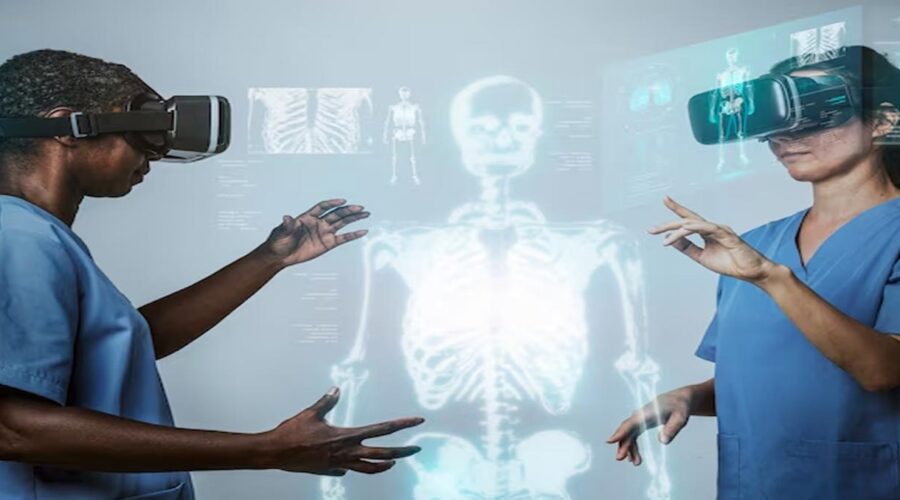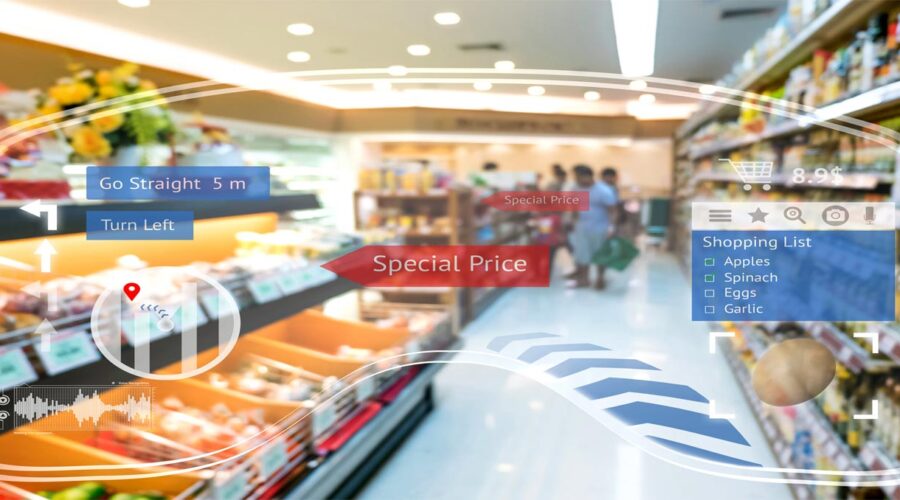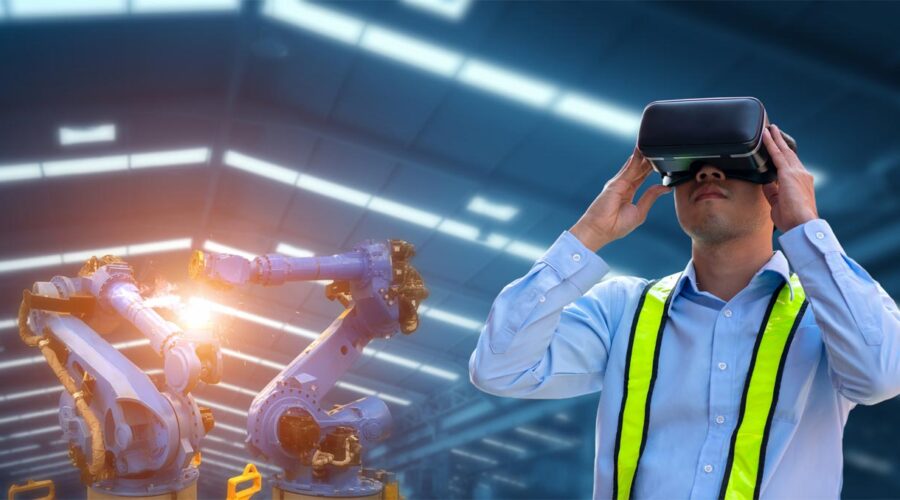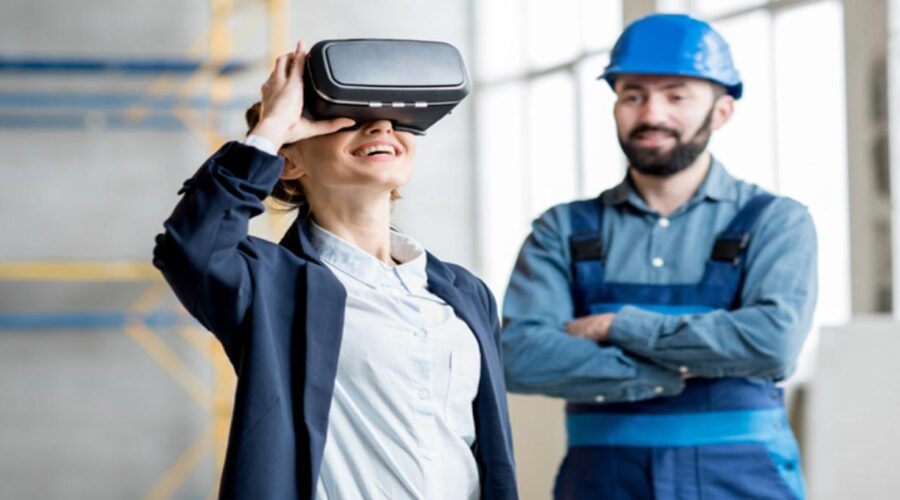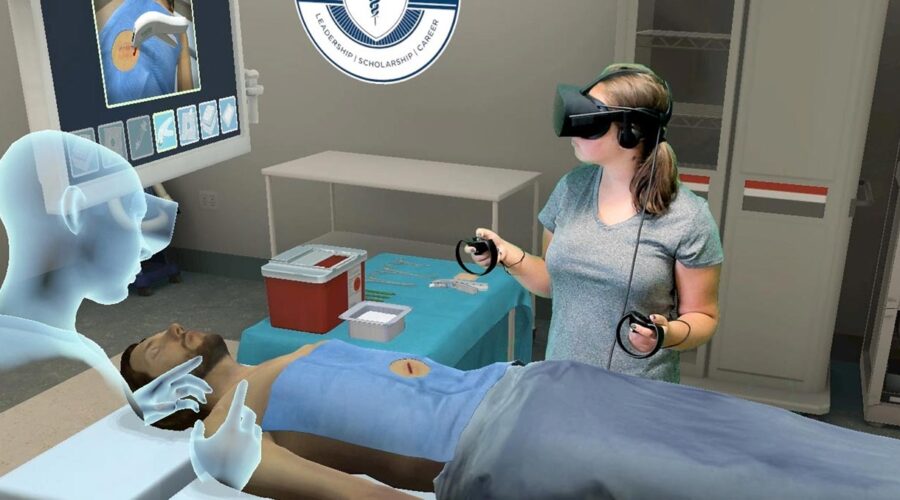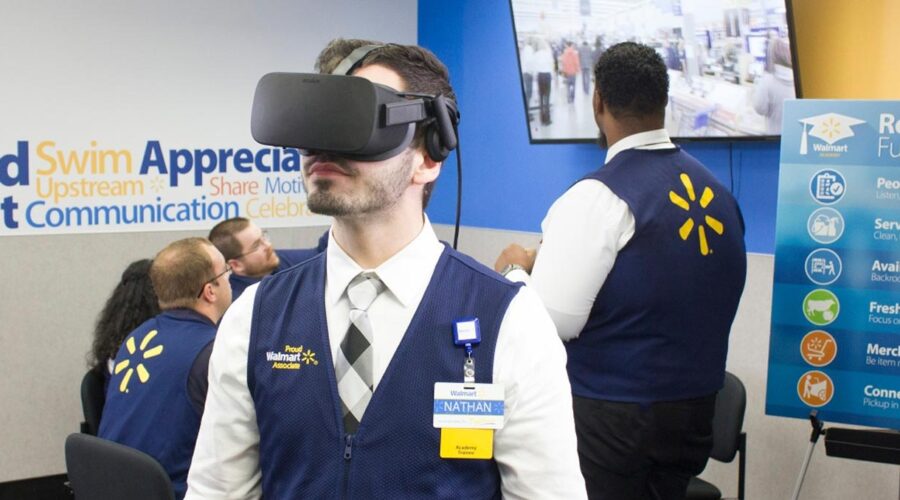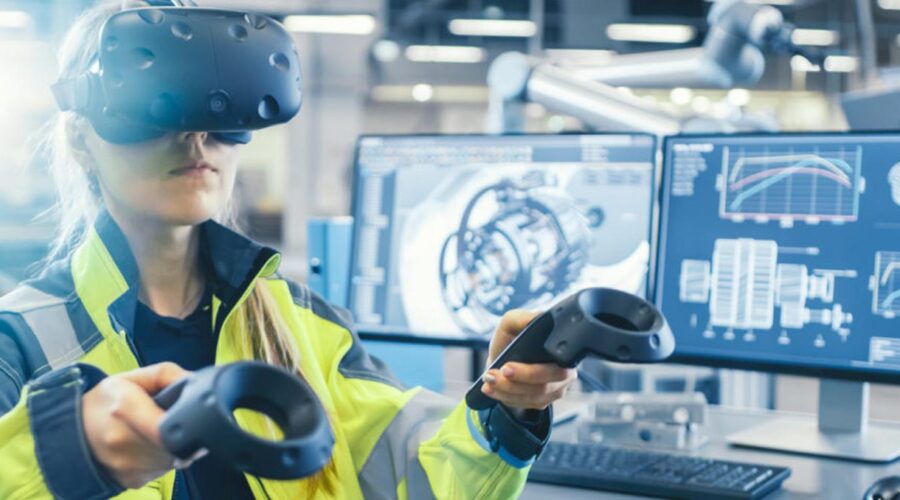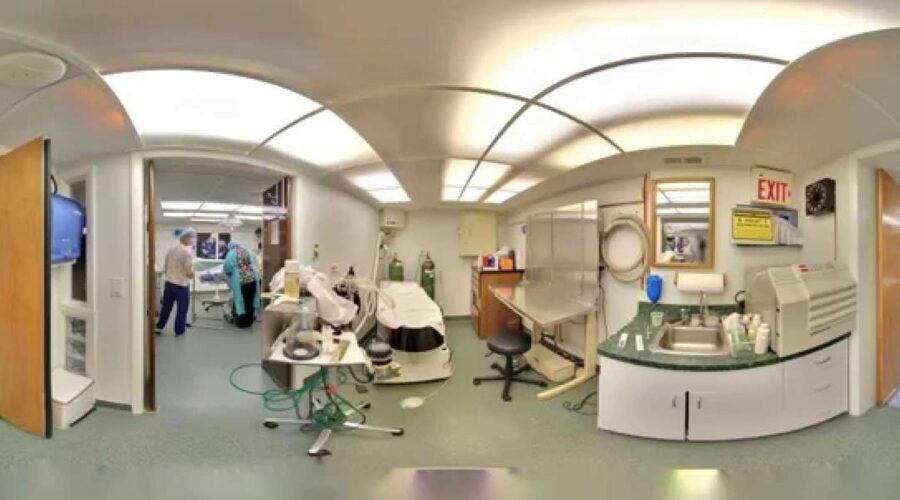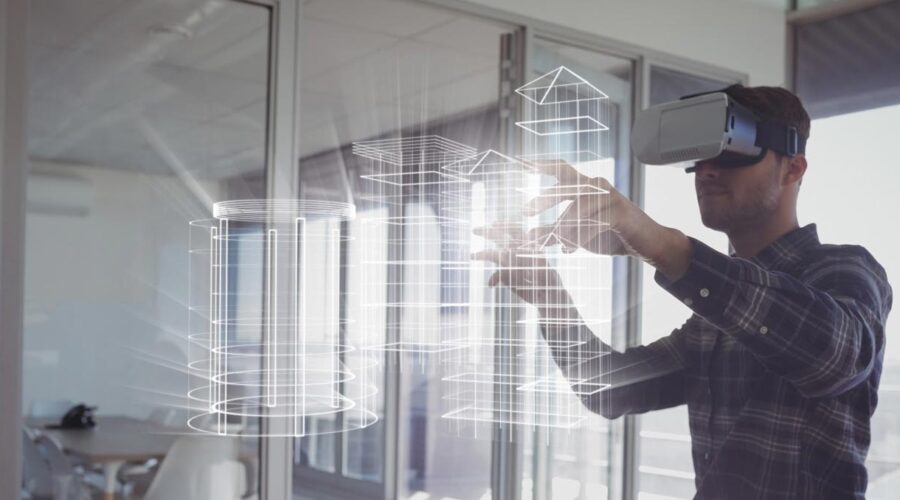Benefits of Using Virtual Orientation in Healthcare
In today’s digital age, new technologies are rapidly emerging and being adopted in the retail industry. One of the latest trends is virtual orientation, which is a tool that helps new employees get up to speed quickly and efficiently especially in virtual orientation in retail. Virtual orientation is a digital version of the traditional orientation process that provides a wealth of information to new employees through a virtual platform.
